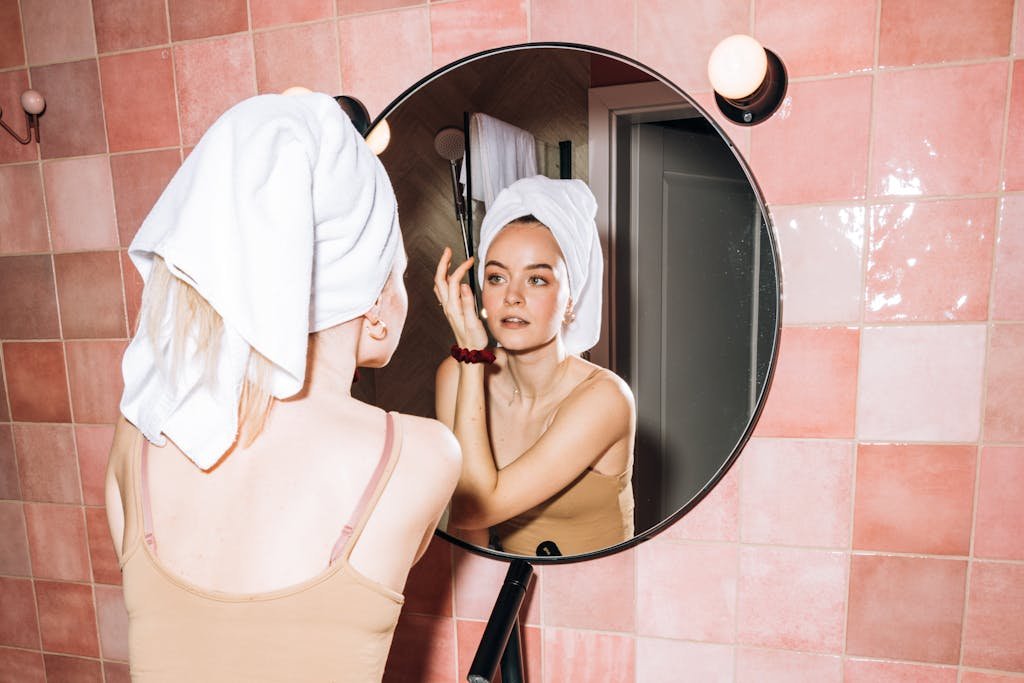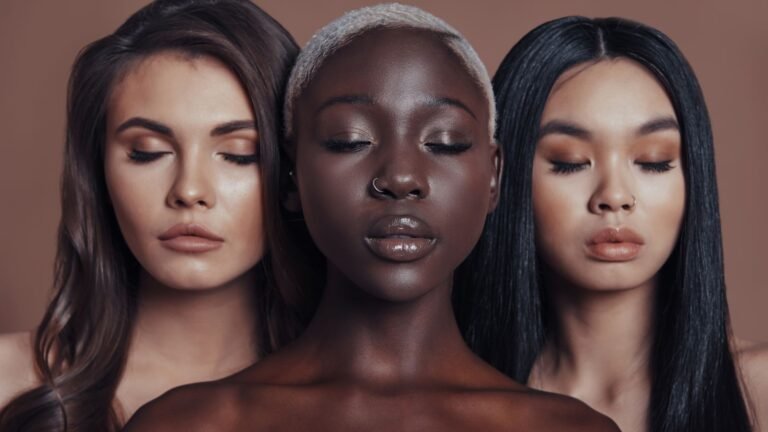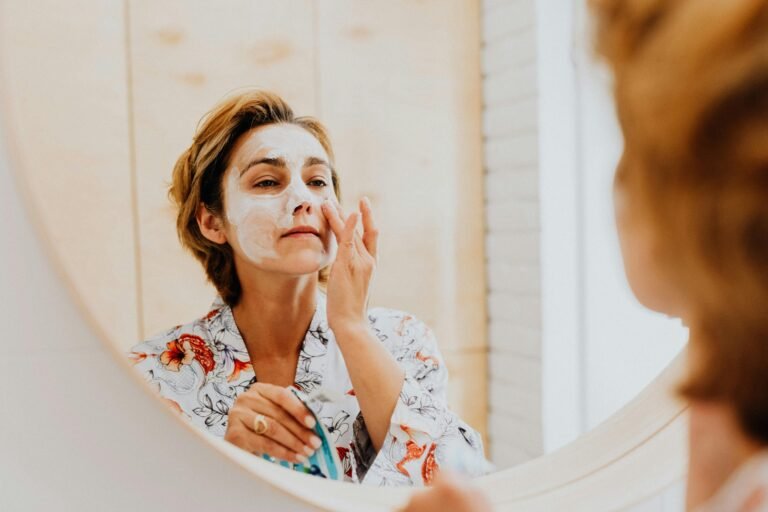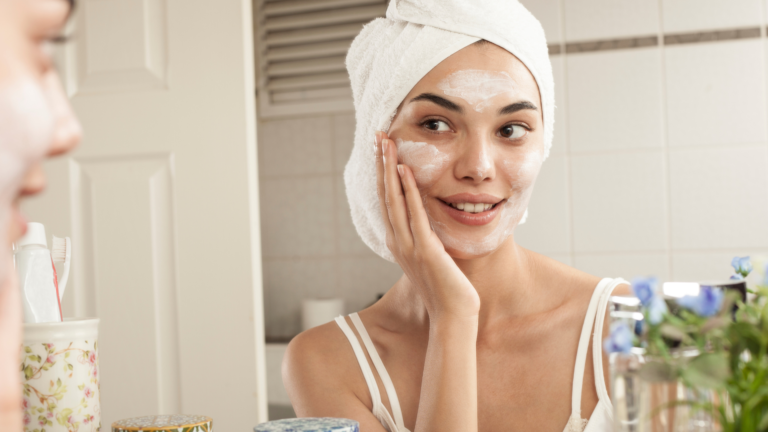How To Fade Acne Scars: Post Inflammatory Erythema & Post Inflammatory Hyperpigmentation
This post may contain affiliate links. That means that if you click on a link and purchase something I recommend, I will receive a small commission at no extra cost to you. As an Amazon Associate, I earn from qualifying purchases. This helps keep my website up and running and is very appreciated. Thank you for your support! Disclaimer
Good morning everyone ! In today’s article, I want to talk about my top serums for 2024. I’ve got 20 different ones sorted into different categories to help you out. No time to waste, let’s jump right in!
If you don’t have time to read this post right now, why not save it for later?
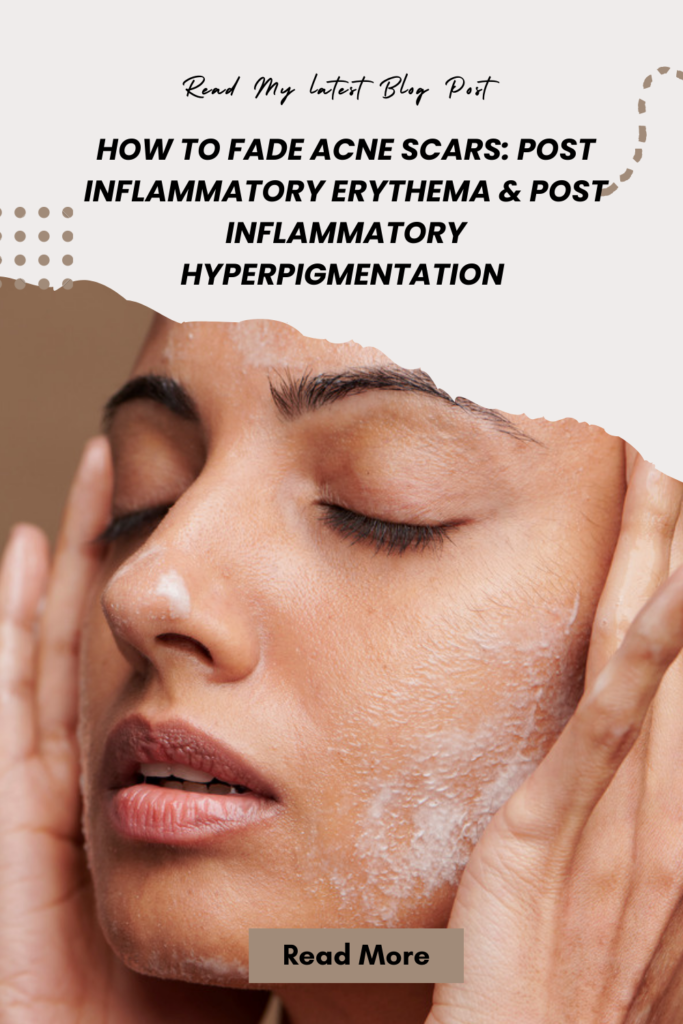
How To Fade Acne Scars: Post Inflammatory Erythema & Post Inflammatory Hyperpigmentation
acne scarring and color
Acne scarring. It’s not all the same, and it’s not just about having rough patches on your face. People often assume scars must be textural, but what I find most intriguing is the color component of your scar. You can create an optical illusion by evening out your skin tone, making your skin appear smoother. This is why I always say that an even skin tone is next to godliness. Write that down: an even skin tone is number one in my book. Everything else comes after that.
The same principle applies to scarring, particularly acne scarring. When you think of a scar, it’s not just the texture; it’s also the color. There are typically two main types when it comes to color: red and brown. Let’s start with redness.
Related : Unveiling Glycerin: The Ultimate Skincare Secret
post inflammatory erythema (redness)
Redness is often referred to as post-inflammatory erythema from acne. It can appear red, pink, or even purple. The varying densities of redness can give the impression of more severe scarring when, in reality, the actual textural change is quite similar across the board.
This is most evident in people with pale skin. However, don’t be misled because, in darker skin tones, including caramel and brown tones, redness can deceptively appear as brown. This is a crucial point to understand, as you might attempt to treat brown discoloration in darker skin when, in fact, you have underlying redness masked by more pigmentation and melanin.
Related : Unveiling Niacinamide: Benefits, Formulation, and Skincare Options
how does redness appear
How does redness appear? Inflammation typically causes dilated blood vessels. With dilated blood vessels, there’s increased vascularity, leading to redness. It’s very straightforward. Any skin tone can experience this, even the darkest skin tones. While redness might not be as visible in darker skin, it can still be present, causing shadowing and making textural changes appear more prominent.
Related : Hyaluronic Acid : Is it Worth All the Hype?
redness visibility test
So, you really need to differentiate whether you have redness or if your skin is just pigmented. For redness, take a little glass—you can use any glass for this test. Press the glass against your face and observe how it blanches. When you press down on redness, you’ll see it turns white. That’s how you can tell the difference. Vascular areas will turn white when pressure is applied. Using a glass is a very easy way to test this.
Related : 7 Ways To Boost Collagen: Dermatologist-Approved Secrets
how to treat redness :
Now that you can differentiate whether your scarring involves redness, how do you treat it? This is where over-the-counter products can be genuinely helpful. Before you rush to spend money, consider the urgency. As Anna Delvey famously said in “Inventing Anna,” “I do not have time for this. I do not have time.” Why treat the redness instead of waiting for it to resolve on its own? Because it can actually turn brown.
How can it turn brown? It can become oxidized, leading to iron deposits on the surface of your skin, which are very hard to treat. So, while you have an active acne breakout, you want to treat it promptly. A quick and easy fix, although this isn’t an acne article, is to minimize superficial inflammation using hypochlorous acid. One option available at Walgreens is a cleansing spray, which is often use in-office before procedures. There’s also the Tower 28 SOS Spray. If you have superficial eczema, light redness, or an inflamed skin barrier and want to calm it down without using steroids, hypochlorous acid can help, though it won’t treat the redness; it will just soothe the skin.
If you are trying to treat redness, niacinamide is a great ingredient to add. However, not all niacinamide is created equal. Anything between the three to five percent range is effective. I like the pure by Glossier, which is also fortified with zinc, an anti-inflammatory ingredient. There are also moisturizers on the market, like La Roche-Posay Toleriane Moisturizer, which contains niacinamide to help minimize inflammation and redness.
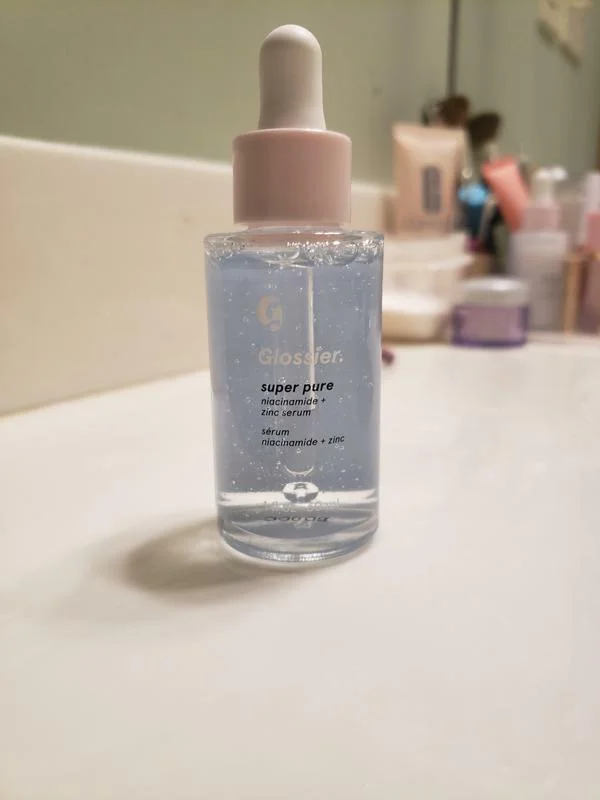
Another option, though not necessarily recommended for those who are actively dating, is sulfur. Sulfur can act as an anti-inflammatory agent. De La Cruz offers an acne treatment with 10% sulfur. It is quite pasty and can smell like rotten eggs, so if you are active on Tinder or Hinge, you might want to avoid it before a date. But once you’re home, it can help significantly.
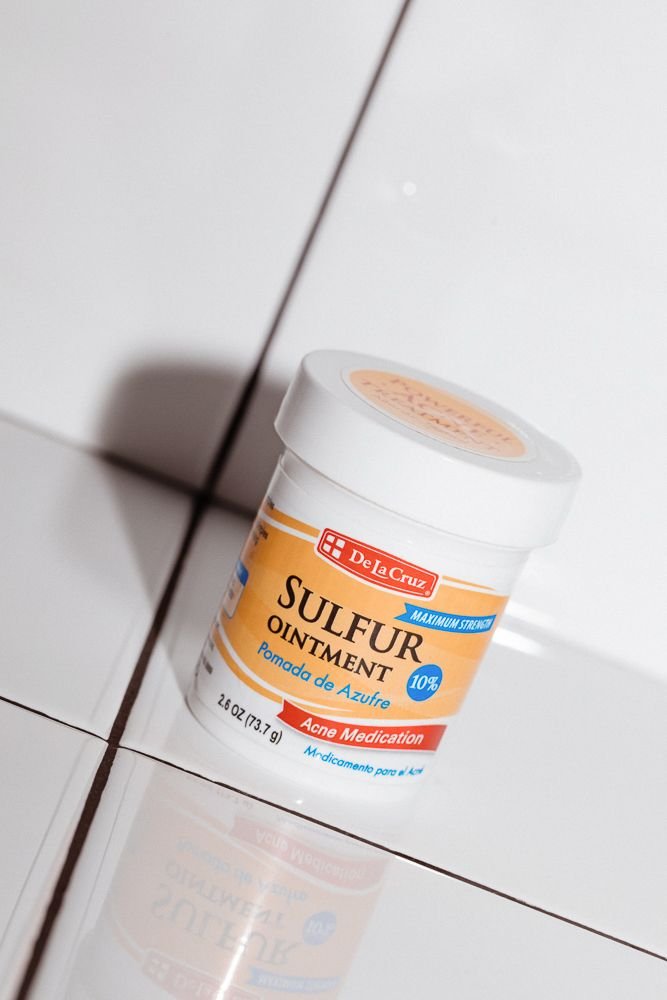
Finally, Centella Asiatica is another ingredient that works wonders for redness. Dr. Jart+ has an entire tiger grass serum line that I like because it is green, and green counterbalances red, making it appear less prominent. It’s a very lightweight serum that doesn’t feel oily at all. It gets absorbed quickly and becomes transparent, but don’t underestimate even the tiniest bit of a green hue.
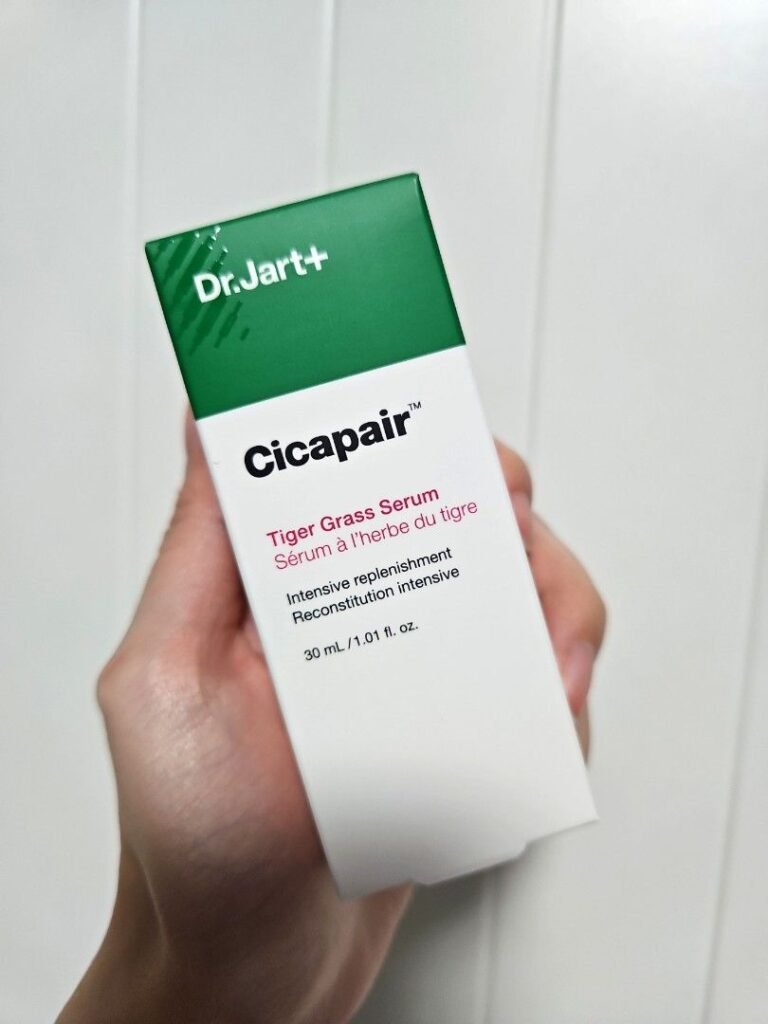
I also found a product at Walgreens called Cicatris Cure, which contains Centella Asiatica. In French, “cicatrice” means scar, and this product is for scars. However, if you’re thinking of a scar as textural and trying to make the texture go away, good luck. You can use this for a hundred years, and it won’t help with texture. But if you have redness and want to minimize it, this may be a nice adjunct. It’s a very lightweight gel, so you won’t feel like you’re clogging your skin. This is especially good for people who’ve had active acne and are paranoid about clogging their skin. It’s a nice option for redness.
Azelaic acid is another effective treatment. We did a whole article on azelaic acid a few weeks ago. It’s great for minimizing inflammation. Paula’s Choice has a 10% azelaic acid booster, as does The Ordinary. These products might not be the most cosmetically elegant formulas, as they can pill. I recommend using them at night without a doubt.

Now, let’s talk about some quick fixes. I do not recommend these for regular use, only for special occasions like a wedding, a red carpet event, or a big presentation. These are temporary solutions for minimizing redness and should not be seen as long-term treatments.
For a quick fix, Preparation H ointment can be effective because it contains phenylephrine, a vasoconstrictor that constricts superficial blood vessels, reducing the appearance of redness. However, this is not a long-term treatment. Use it only for a day or two when necessary. Do not get this in your eyes, and keep it away from your bedside if you are actively dating, as it might be a turn-off.
If you have an event and active acne, you can go to your dermatologist for a steroid shot. This is not a long-term treatment but can help in a pinch. Over-the-counter cortisone can also be used, but again, I do not recommend it as a long-term solution. These methods can help you “fake it till you make it.”
post-inflammatory hyperpigmentation (brown spots)
Post-inflammatory hyperpigmentation (PIH) is another type of discoloration seen in acne scarring, encompassing both hyperpigmentation and hypopigmentation. We’ll begin with post-inflammatory hyperpigmentation, which manifests as brown spots.
Related : The Easy Beginner Guide On How To Use Retinol
how does brown spots appear
Brown spots appear because inflammation triggers an overproduction of melanin in the epidermis. This happens due to inflammatory mediators like reactive oxygen species. Unfortunately, melanin can sometimes seep deeper into the dermis, making treatment more challenging.
How can you tell the difference? You can use a Wood’s lamp, a special type of light that helps differentiate the pigment. If the spots light up under the lamp, the melanin is in the epidermis and can be treated with over-the-counter products. If they don’t light up, you may need to see a dermatologist for laser treatment.
Related : Unveiling The Secrets Of Retinoids: Your Path To Glowing Skin
how to treat pih (brown spots)
What are the solutions for post-inflammatory hyperpigmentation? I might be repeating myself, but that’s alright. First on the list, and I can’t stress this enough, is sunscreen—your number one defense. Look for a broad-spectrum sunscreen that shields against both UVA and UVB rays. Opt for tinted versions if possible, as they often contain iron oxide, which helps to combat visible light.
Personally, I’ve found ISDIN’s zinc oxide-based sunscreen to be a favorite due to its lightweight feel. Although the tint might not suit everyone perfectly (I sometimes end up looking a bit orange), with a settling time and makeup application, it usually blends in fine. It gives me a faux glow, so I apply it meticulously. Still, it’s a fantastic lightweight option. Any physical mineral sunscreen offering UVA and UVB protection with various tint options can be a valuable addition.
Next up is hydroquinone, unfairly criticized yet highly effective in minimizing pigmentation. While once more readily available over the counter, it’s now typically found at two percent in stores like Ambi. Differin’s dark spot correcting serum used to contain hydroquinone but has become harder to come by. For those considering it, consulting a dermatologist is advisable.
Lactic acid exfoliation is another useful approach. Shani Darden’s serum is lightweight and less irritating compared to glycolic acid, making it ideal, especially for darker skin tones concerned about sensitivity. It not only exfoliates but also helps with pigmentation.
Azelaic acid, ranging from 10 to 20 percent, aids in pigmentation and redness reduction. I prefer the 15 percent gel over the 20 percent cream for its lower irritation potential, demonstrating that higher percentages aren’t always better.
Related : Azelaic Acid: What Is It , How To Use It & What Are The Benefits?
Arbutin, while debated for use during pregnancy, is effective for post-inflammatory hyperpigmentation when not pregnant. SkinCeuticals offers a product combining three percent azelaic acid and two percent arbutin, with the latter being particularly beneficial. The Inkey List also has an arbutin product worth considering.

Vitamin C, or ascorbic acid, remains a potent antioxidant that combats pigmentation formation by fighting reactive oxygen species.
Tranexamic acid, especially effective orally for melasma, is also worth considering for topical use in treating post-inflammatory hyperpigmentation. Products like Murad’s Rapid Spot Correcting Serum and SkinCeuticals’ Discoloration Defense contain tranexamic acid.

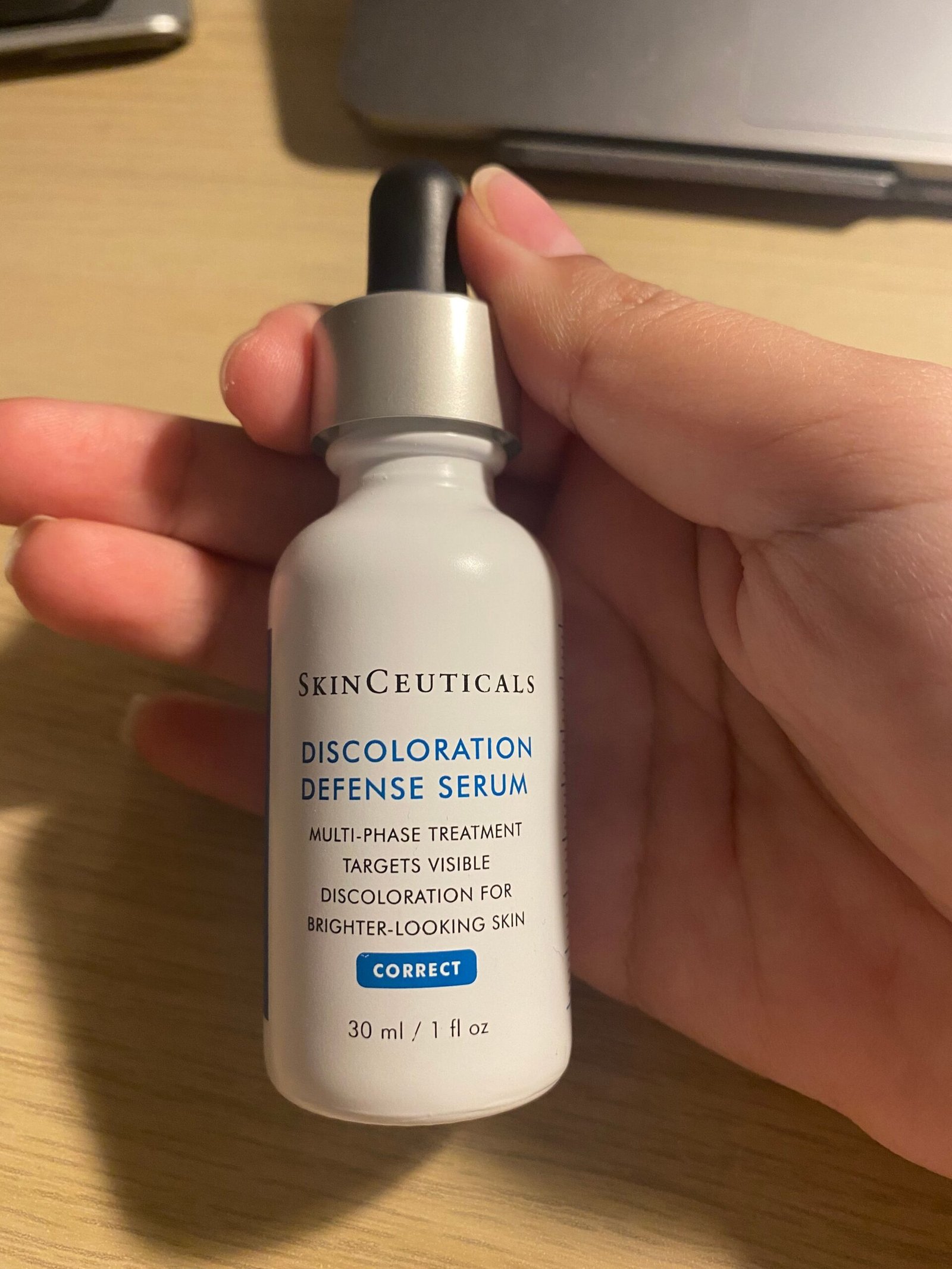
Lastly, retinol or retinoids are potent options. Over-the-counter retinoids like adapalene (found in Differin) provide almost prescription-strength results. These options are nearly as effective as prescription treatments and are suitable for those seeking robust formulations. If sensitivity is a concern, opt for retinol.
post-inflammatory hypopigmentation (white spots)
When dealing with post-inflammatory hyperpigmentation (PIH) characterized by white or lighter spots, achieving improvement solely with over-the-counter products can be challenging. In such cases, consulting a dermatologist becomes imperative. Elocon, a prescription medication, can be discussed with your dermatologist.
Notably, Elocon is non-steroidal, minimizing the risk of skin thinning over prolonged use. This is crucial, as long-term use of steroid-based treatments like cortisone can lead to skin thinning and other complications. Therefore, Elocon is a viable option worth exploring under professional guidance. Additionally, unconventional approaches such as using Latisse (bimatoprost), typically known as an eyelash serum, have been experimented with in hypopigmented spots alongside various laser treatments.
acne scars and texture
The realm of acne scars extends beyond just discoloration; texture also plays a significant role. However, delving into texture warrants its own discussion, as it encompasses a wide spectrum of variations such as ice pick scars, rolling scars, and boxcar scars. Once you’ve tackled the color aspect, you can turn your attention to addressing texture, offering ample opportunities for self-improvement.
When it comes to scarring, the only aspect you can directly influence yourself is hypertrophic scars or keloids. Hypertrophic scars remain within the boundaries of the original wound, while keloids extend beyond, resembling mushroom-like growths.
For hypertrophic scars or keloids, self-care options include utilizing silicone sheets, silicone tape, or scar away products, all aimed at maintaining a flat appearance. For those experiencing hypertrophic scars—characterized by raised, bumpy textures—applying silicone patches overnight can aid in gradually flattening them. In a clinical setting, treatments may involve steroid injections or the use of 5-FU to further address these concerns.
The bottom line
Hope you enjoyed this article. My readers’ feedback matters to me. If you have any questions or thoughts, please leave a comment below.


